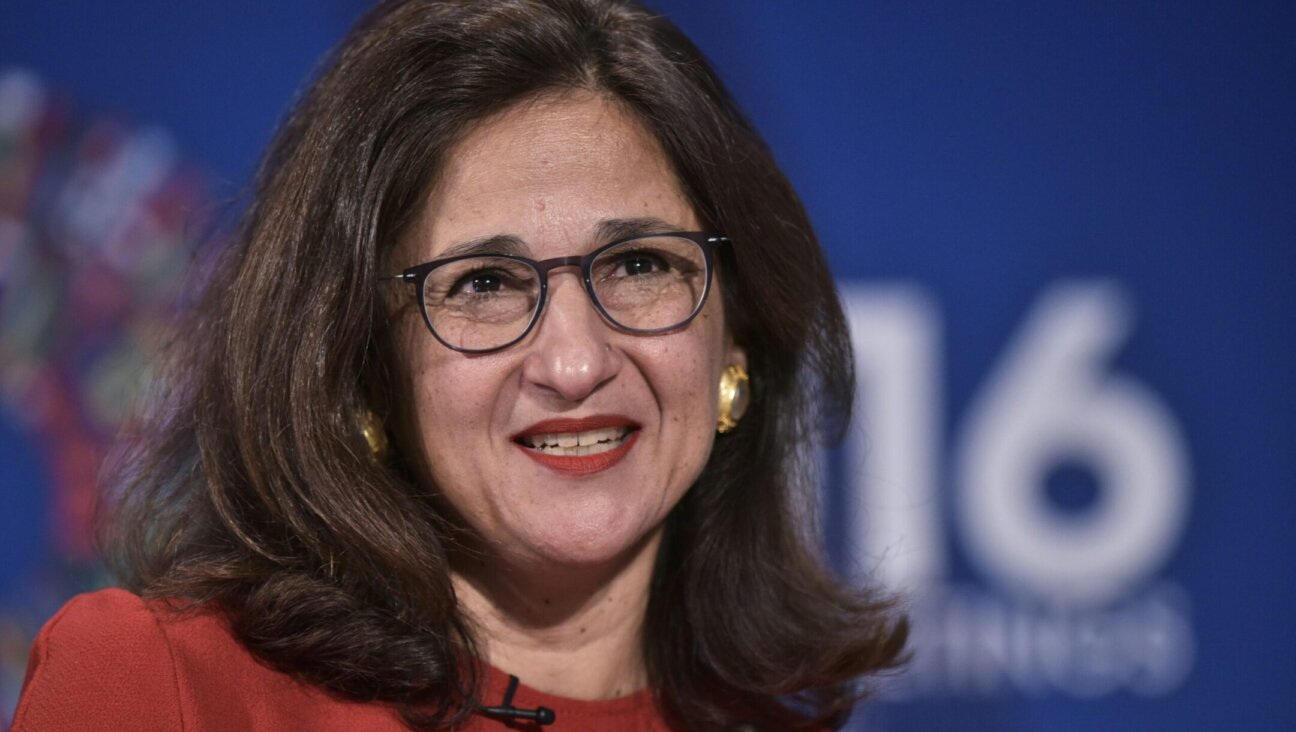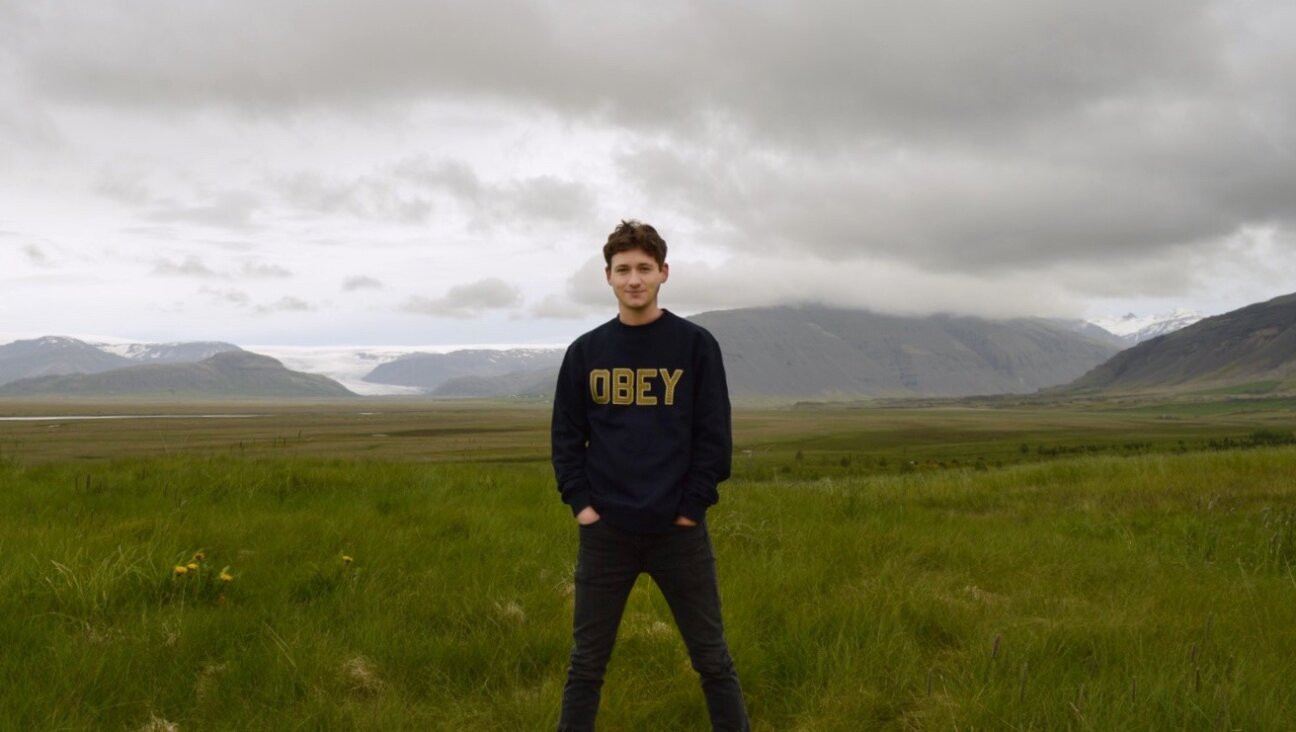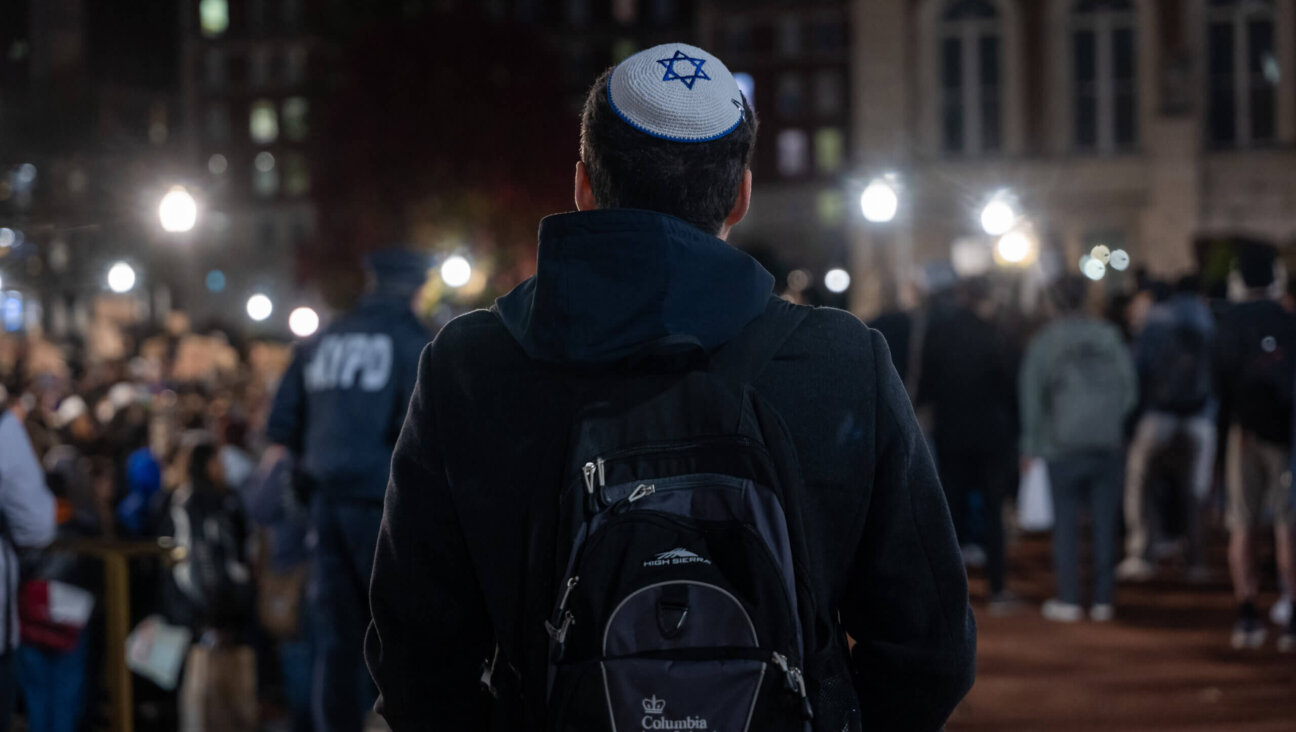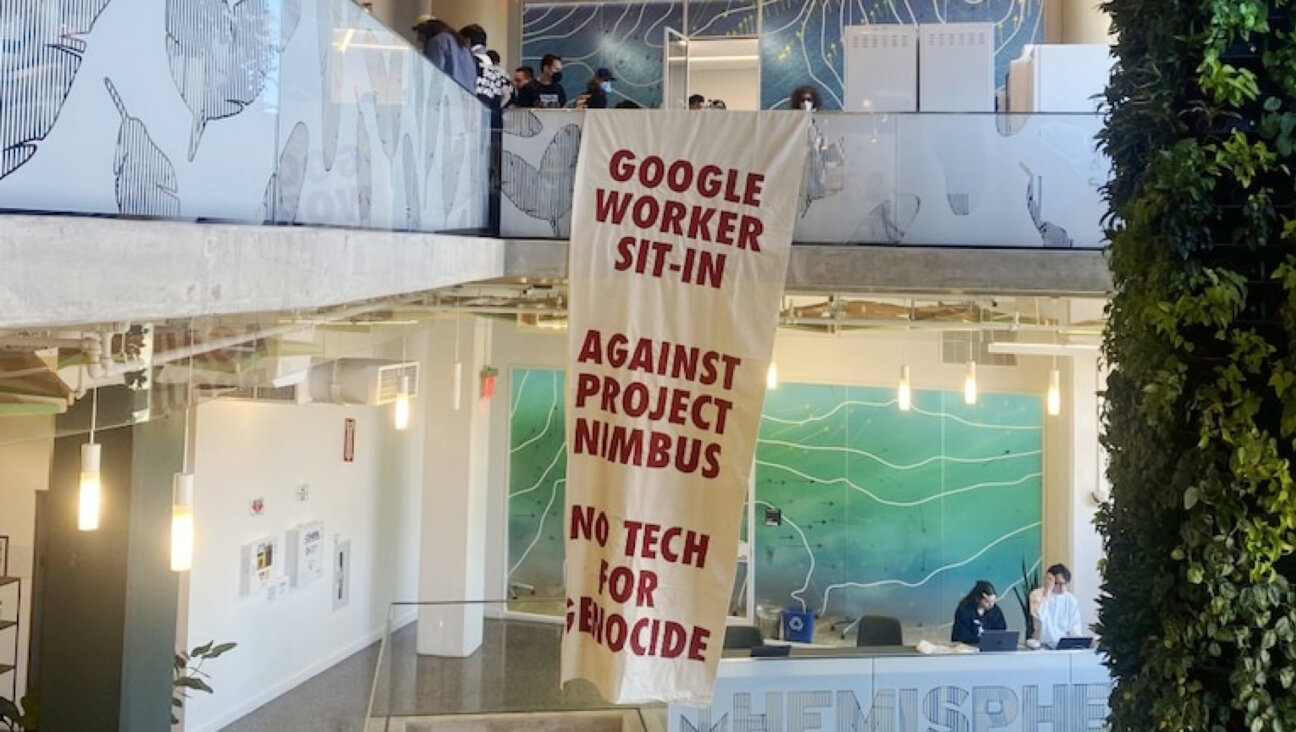Lifting a Ray Of Sunlight From An Otherwise Bleak Historical Chapter
In July 1938, President Franklin D. Roosevelt convened a conference in Evian, France, to discuss the plight of Nazi-occupied Europe’s Jewish refugees. Thirty-two nations attended, but nearly all refused to open their borders.
In a world turned upside down by war, only the Dominican Republic’s military dictator, Rafael Trujillo, agreed to let in Jews, effectively saving hundreds from Hitler’s death camps. They took up residence in the town of Sosua, a banana plantation on the Caribbean country’s northern coast.
More than 60 years later, New York’s Museum of Jewish Heritage has announced its intention to capture and preserve this little-known chapter of Jewish-Dominican history.
“It’s unknown, and it’s a pearl — a wonderful story that speaks to much larger issues,” said Louis Levine, the museum’s director of collections and exhibitions. “And it’s waiting to be written in its much larger complexity.”
Sponsored by the museum, the American Jewish Congress, New York State Senator Eric Schneiderman, the City College of New York’s Dominican Studies Institute and Jewish Museum of Sosua, the planned exhibition will tell the tale of the Jewish families that converted Sosua from an underpopulated beach town to a kibbutz-style dairy farm, now private, that still produces milk, butter and cheese.
According to Levine, the museum hopes to raise about $450,000 and to open the exhibition within two years.
Though Sosua saw an influx of Jews in the war’s immediate aftermath, as some who’d taken refuge in Shanghai moved to the Dominican Republic to join family members there, the town’s overall Jewish population began to dwindle after the war’s end, with many taking up residence in the United States. Today there are some 25 Jewish families in Sosua. However, with assimilation and intermarriage it is difficult to ascertain to what degree they continue to lead Jewish lives.
Denny Herzberg, one of three original Sosuan settlers to attend an April 3 program designed to draw attention to the museum’s proposed exhibition, was just an infant in 1940 when his parents received one of the 5,000 visas issued to German and Austrian Jewish refugees through the Dominican Republic Settlement Association, which was sponsored by the American Jewish Joint Distribution Committee. Though 5,000 visas were issued — and Trujillo expressed a desire to admit 100,000 — because of the difficulty of obtaining wartime exit visas, only about 700 families made it to Sosua.
“The Gestapo said that the baby didn’t have a visa,” Herzberg said, referring to himself. “So my father put a hole in his suitcase, put some tape on my mouth, put me in the bag and we got on the ship.” When the boat arrived in Santo Domingo after a 30-day voyage, Trujillo carried him down the dock ramp.
Some suggest that Trujillo’s motivations might not have been entirely altruistic. There is speculation that admitting Jews was Trujillo’s way of trying to improve his international reputation after his forces slaughtered thousands of Haitians in the preceding years, or perhaps a way to “whiten” his population through intermarriage with Jews. But such possible motivations were of no consequence for Ruth Kohn, who moved to Sosua when she was 14. Last week, Kohn, the first bride to marry in the Sosuan synagogue, spoke at the museum of her days in the Dominican Republic. “It was very difficult,” she said. “The language, the climate, the social situation — but we were saved.”
Levine, who is eager to examine the 60 cartons of materials recently discovered in the attic of the town’s old Jewish center, placed the Sosua relocations in perspective. “It’s another window into this immense, complicated, horrible story of what happened to the Jewish people during World War II,” he said. “For once, it’s a window with some sunlight behind it.”
— RICK HARRISON

I hope you appreciated this article. Before you go, I’d like to ask you to please support the Forward’s award-winning journalism this Passover.
In this age of misinformation, our work is needed like never before. We report on the news that matters most to American Jews, driven by truth, not ideology.
At a time when newsrooms are closing or cutting back, the Forward has removed its paywall. That means for the first time in our 126-year history, Forward journalism is free to everyone, everywhere. With an ongoing war, rising antisemitism, and a flood of disinformation that may affect the upcoming election, we believe that free and open access to Jewish journalism is imperative.
Readers like you make it all possible. Right now, we’re in the middle of our Passover Pledge Drive and we need 500 people to step up and make a gift to sustain our trustworthy, independent journalism.
Make a gift of any size and become a Forward member today. You’ll support our mission to tell the American Jewish story fully and fairly.
— Rachel Fishman Feddersen, Publisher and CEO
Join our mission to tell the Jewish story fully and fairly.
Our Goal: 500 gifts during our Passover Pledge Drive!























